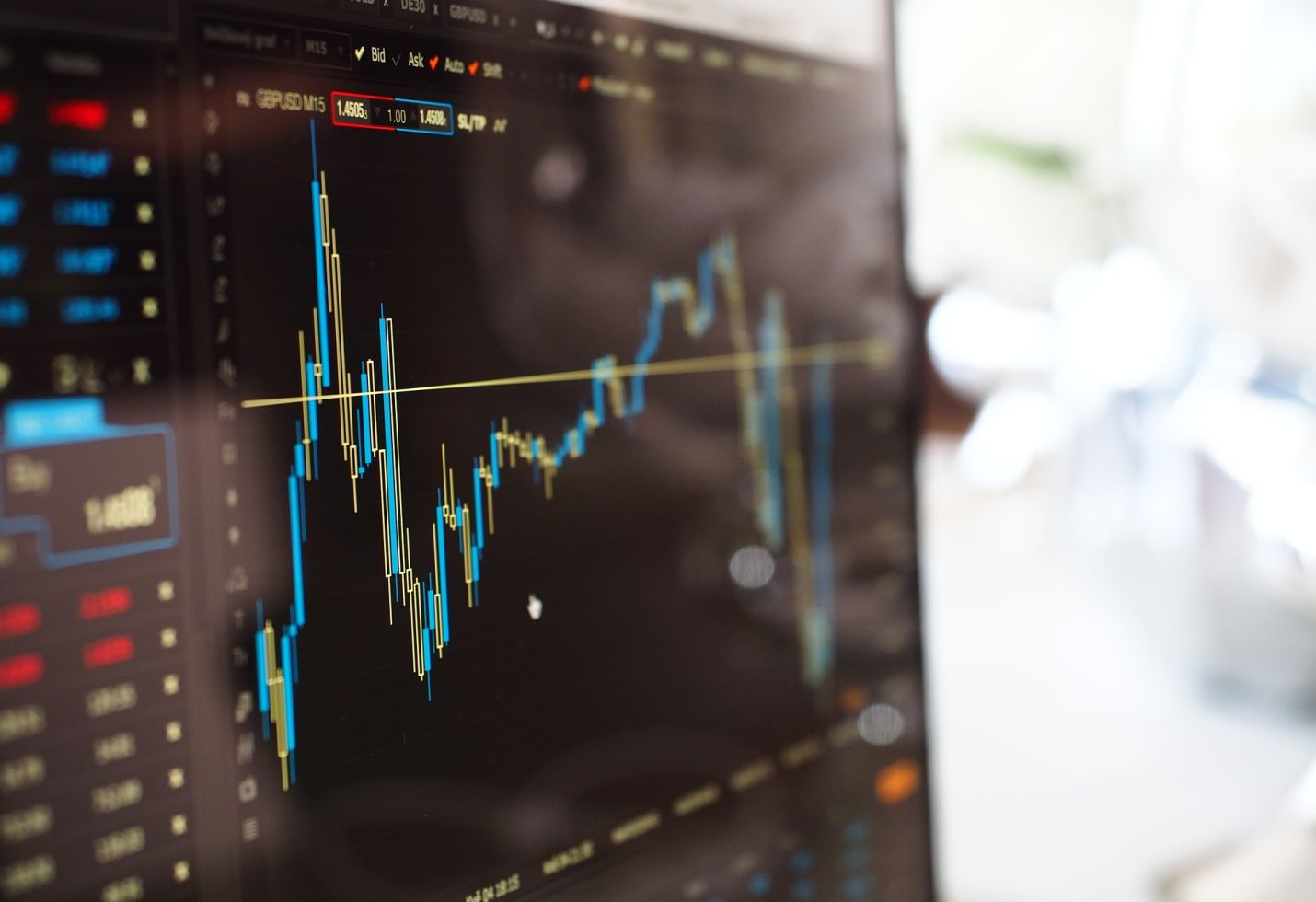India may cap stimulus package to protect credit rating
What does Sovereign Credit Rating Interpret?
Sovereign Credit Rating refers to the evaluation of debt paying capacity of a country based on their previous credibility of how previous debt is settled off. Sovereign Credit Rating are published by credit rating agencies. They are estimated by credit rating agencies like Standard & Poor’s (S&P), Moody’s, Fitch Ratings.
Importance of sustaining decent Sovereign Credit Rating:
For all developing countries, it is vital to maintain a decent Sovereign Credit Rating for overall growth of the economy. Decent Sovereign Credit Rating will aid to attract Foreign Direct Investment in the country.
Sovereign Credit Rating of India:
In the preceding year, Sovereign Credit Rating of India by Moody’s was negative, but afterwards they revised it to stable. Previously, Fitch Ratings forecasted growth rate of India will slow down its pace to 4.6% in the end of FY20 as compared to growth rate of 6.8% in FY19.
Regulating Indian Sovereign Credit Rating:
The Indian Government has limited the comprehensive spending on the unexpected spread of COVID-19 to ₹4.5 lakh crore. Additionally, they mentioned its important to have a detailed check on Indian Sovereign Credit Rating for safeguarding the economy.
Credit rating agencies stared demotion in their rating have been started in many countries. Thus different Credit rating agencies warned India if government tries to spend excess funds to curb the spread of COVID-19 virus. It may degrade the fiscal outlook of the country. In mid-March, the government disbursed ₹1.7 lakh crore to fight against the pandemic.
Major concern of everyone, is the Indian economy is stable?
A recent survey conducted by Federation of Indian Chambers Of Commerce & Industry (FICCI) and Dhruva advisors shows that businesses in India may slack their position in the market in near future. FICCI stated that responses from the survey highlights that the government should immediately come up with revival plans especially in Industry sector.
All the small and large companies are on pay cut including the prime minister and the president. Many SME’s gave up their office space due to pilling of a huge amount of rent and to keep control on their expenditures.










